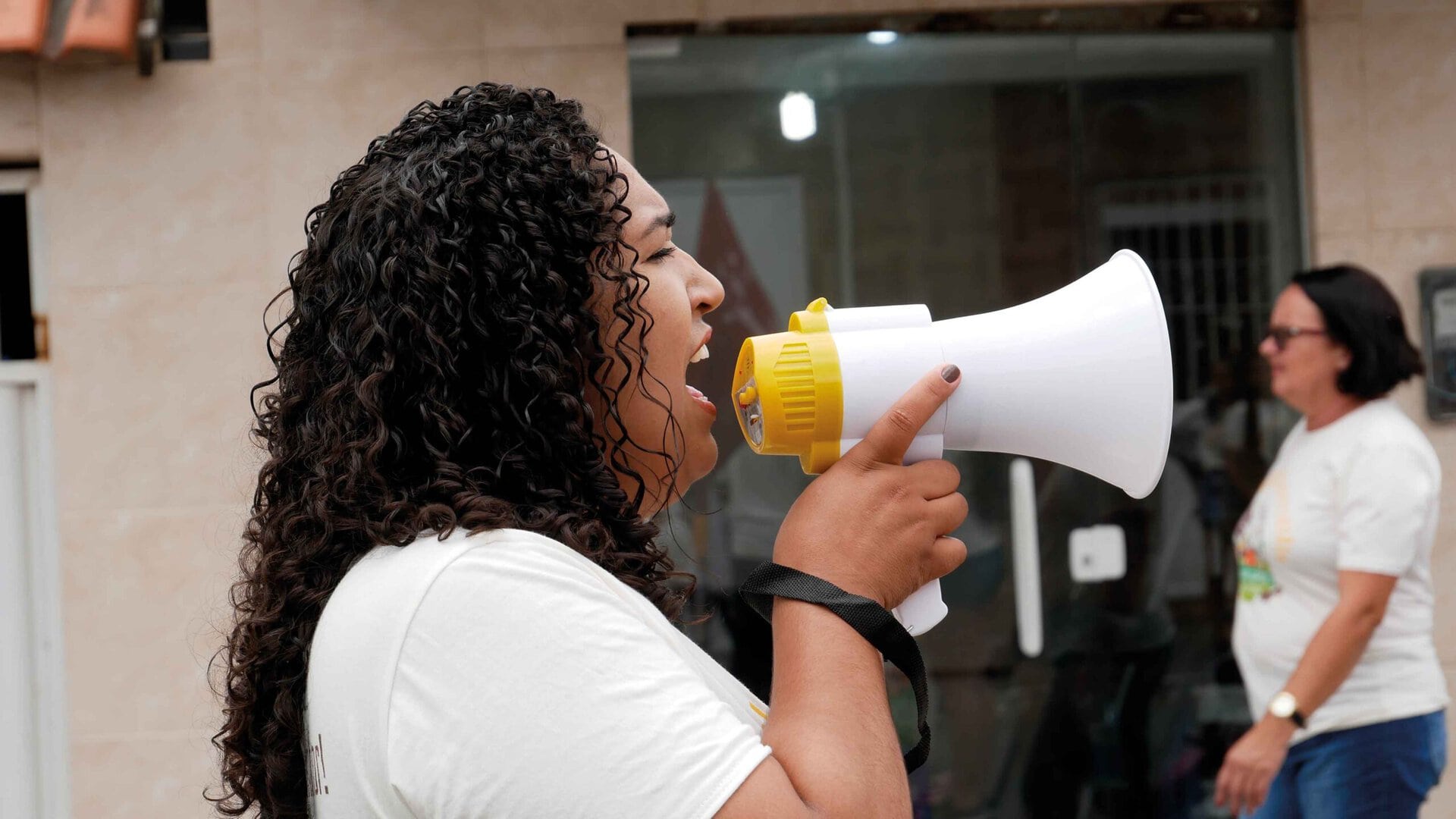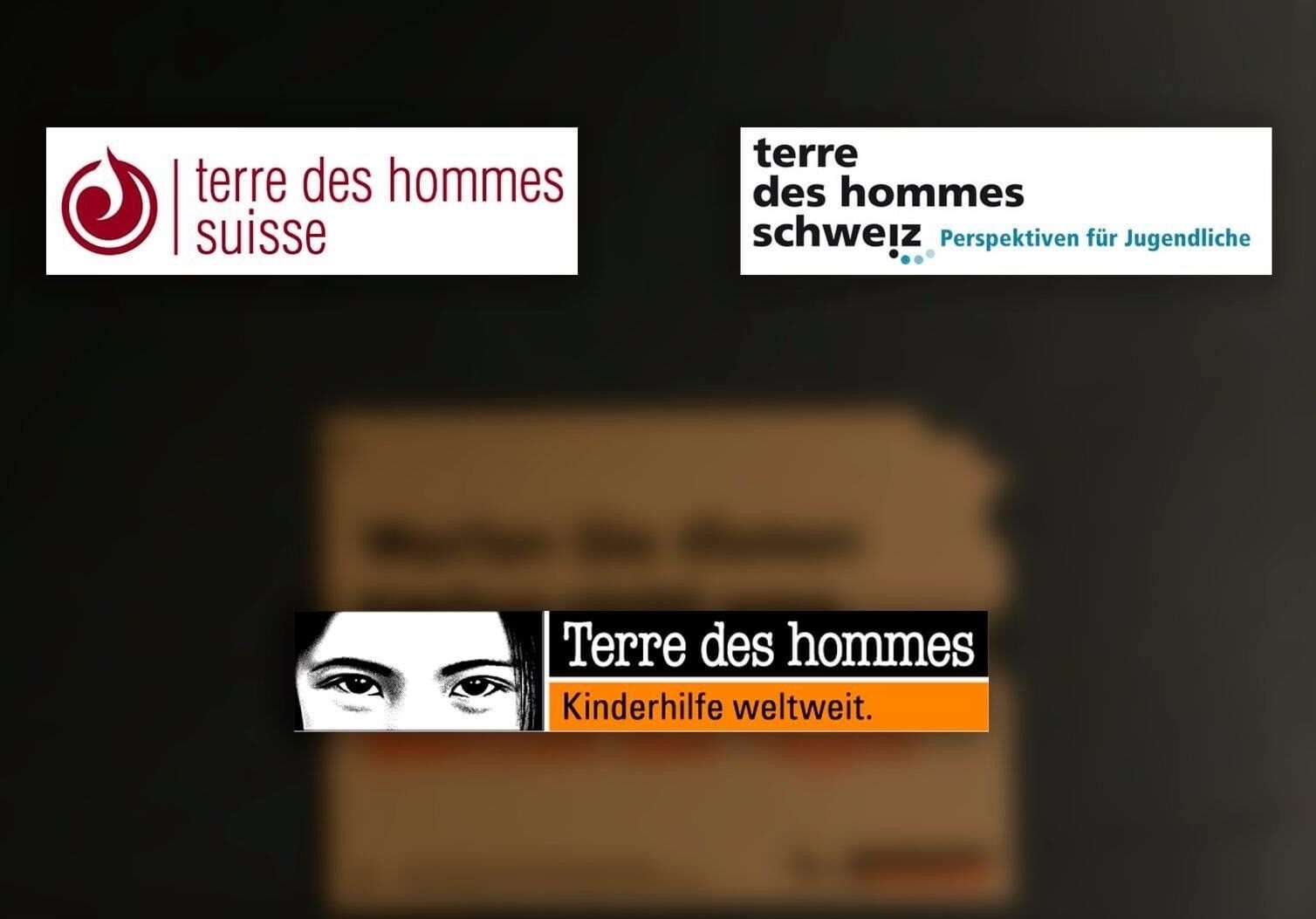The end of the year is the time when we usually look back. This was a good opportunity to ask Sabin Müller, who is responsible for domestic projects, a few questions about last year’s pilot project with the unaccompanied asylum seekers at the Lilienberg Center. In the interview, she explains why the project goals were more than achieved.
Last year, terre des hommes schweiz launched a new domestic pilot project. Young people from the Lilienberg MNA Center (MNA – Mineurs non accompagnés) in Affoltern am Albis and terre des hommes schweiz work together in this project.
The parties involved agreed to hold an open day (also known as an autumn festival). This was to give the Lilienberg the opportunity to present itself and its residents. During the preparations for this day, it became clear that additional help was needed. For this reason, the young people from imagine were asked to hold a workshop on the subject of home. Which they did.
Since last summer, terre des hommes schweiz has reported several times on the progress of the pilot project. You can find the full report on this topic at the end of this interview.
How did terre des hommes schweiz come up with the idea of doing a project with the MNA Center Lilienberg?
[Sabin Müller:] Even before I took up my position at terre des hommes schweiz in autumn 2012, the decision was made to set up a second Swiss project alongside imagine. terre des hommes schweiz works primarily with young people. As we are currently doing awareness-raising work in the area of migration, the MNAs from the Lilienberg Centre fitted in very well thematically.
What was the aim of the project?
The main aim was to raise awareness among the local population. To show them who the young people living in the Lilienberg are and what their actual living situation is like. The aim was to better integrate the young people into local structures. As the evaluation has shown, the goal has been more than achieved.
More than sensitization?
There weren’t that many people at the final event, but those present were all the more motivated to do something for the young people. For example, there was the idea of approaching local entrepreneurs so that the young people could do an apprenticeship despite their uncertain residence status. The ball is now in Lilienberg’s court.
How was the fall festival?
Everyone involved rated the festival as a success. I experienced it as a highlight and what I liked best was how well the young people performed their role as hosts. They were very communicative and proud to present their home country.
And the visitors?
They showed a lot of interest and took their time. There were around 20 guided tours and 70 portions of home-cooked lunch were sold. The atmosphere was very good and, last but not least, the weather played along. It was a beautiful autumn day.
Young people are particularly vulnerable when it comes to publicity. How did you deal with the contradiction between publicity and privacy?
We discussed this intensively early on during the project. We made sure that the presentation of the home countries and the circumstances of the young people did not focus on individual fates. At the Autumn Festival, a Lilienberg employee was assigned to each country house. In addition, as the Autumn Festival took place at the Lilienberg Center, contact with the public took place in a reasonably protected environment.
In the run-up to the festival, the young people spent a week on the road in the surrounding communities, presenting themselves and Lilienberg in public places. What were the reactions of the population?
It was rather disappointing for the young people because they didn’t meet many people. It was school vacation time. They would have liked to talk to more people. The young people who were there were bursting with charm. People’s reactions were consistently positive. It was noticeable how word of the MNA’s visits got around in the communities, also with the help of the local newspaper.
How did the individual participants sum up the project?
Our project was very well received by the local population. More people came than expected. As the aim was to raise awareness among the local population, it was also important that the local media reported on it. This was the case twice. The AOZ (Asylum Organization Zurich – the organization that runs the Lilienberg) was also very satisfied and thanked us at terre des hommes schweiz. The same applies to the Lilienberg Center. The young people found the week a change of pace.
What could be improved for the next time?
The collaboration with the young people from imagine should start earlier next time. In addition, we should pay more attention in future to ensuring that the same young people from imagine are always present and that they are better prepared.
The previous project was an awareness-raising project that arose from the needs of the institution. Ideally, a follow-up project should address the personal needs of the young people.
Will there be a follow-up and what will it look like?
After the evaluation with all those involved, it became clear that we want to continue this project. This year, however, the focus will be more on young visitors. A youth event organized by young people from the MNA center and imagine would be conceivable. But this is just one idea among many.



